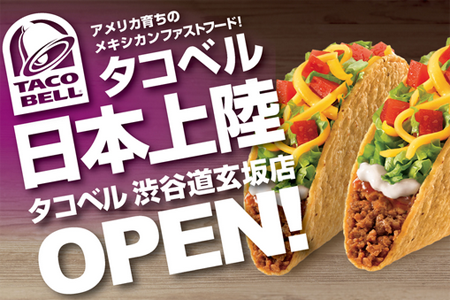Improving the Localization Process

The English language might not enjoy the dominance it once had, but it does remain the most commonly used language online.
In fact, the U.S. ecommerce market was worth a massive $305 billion last year while UK consumers spent more per capita than any other country - an average of ~£2,000 ($3,037) per person in 2014.
All this might be enough to convince you that a monolingual, English-only website would be sufficient, and in some cases it might be. According to a Common Sense Advisory study, more than a third (37.43 percent) of leading websites were only available in a single language, but businesses taking this approach could be missing out. The U.S. might have been the second biggest ecommerce market last year but it still distinctly lags behind China's staggering $426 billion of ecommerce sales in 2014.
Overseas markets offer vast potential returns and English simply doesn't have the ability to fully reach most of them. While an estimated 1.5 billion people speak English to some degree, that means 5.5 billion don't. Of those that do, many speak it as a second language and studies have shown that consumers naturally prefer to shop in their own native tongue.
In order to reach new markets it's necessary to localize and that will generally mean translating your website and other assets. This can be a huge task so it's important to approach it methodically.
- Target your markets
Some expansions are reactive; your home website is already picking up customers from a given international market and so you localize to specifically capitalize on that. Other approaches tend to be more speculative, but major expansions should always be backed by thorough market research. This is because 90 percent of online consumers can be reached using 25 languages but each localization can be expensive. Even if you think you have a product or service with true global appeal, it usually pays to focus on a few new languages at a time.
- Catalog your assets
Different types of content may require different approaches to translation and localization. Your localized homepage, for example, will act as your virtual shop window and should be translated as perfectly as possible. This will usually involve working with human, native speaking translators. Other areas such as user-generated content (for example, product reviews) might not require as high a quality of translation. Depending on your business you might also want to localize other content such as marketing materials and product manuals.
- Consider consistency
Glossaries and style guides can help ensure that all your translated content remains on message and uses consistent terms. These baseline references can be useful whether you work with human or machine translation.
Working with translation technology
Machine translation (MT) has been around for a while but it has improved a lot recently, with statistical techniques being used to search for entire phrases and find their equivalents in the target language, rather than purely translating word for word.
Certainly eBay sees the value of Machine Translation, having bought AppTek's system to integrate into its localization process. Amazon is also rumored to have acquired its own MT and if it's good enough for these two giants of ecommerce, you might think, it should be good enough for anybody.
Relying on machine translation for certain kinds of content can have risks, however. When Taco Bell re-entered the Japanese market earlier this year it made headlines for all the wrong reasons, with a badly translated menu on its localized website promising delicacies such as 'low-quality chips' and 'Supreme Court beef' (instead of the 'Crunchwrap Supreme - beef'). The website had to be temporarily disabled and spokesman for the company admitted that automatic translation had contributed to the faux pas.

One solution is to cast a human eye over machine translated content. The U.S. Department of Labor said last year: "It is seldom, if ever, sufficient to use machine translation without having a human who is trained in translation available to review and correct the translation to ensure that it is conveying the intended message."
This is known as post-editing and is a technique commonly used by businesses and other organizations. Light post-editing could simply involve scanning copy for obvious errors while full-post editing might involve making structural edits and changing content for a better 'flow.' Speaking on a recent webinar on translation trends Chris Wendt, Microsoft Translator's Group Program Manager, also highlighted post-publishing, post-editing or P3, which involves further edits being made on a live, published Web page.
Some types of content are more suited to automatic translation than others. User-generated content (UGC), for example, can be incredibly valuable. A study by Ipsos MediaCT found that millennials are spending a third of their online time engaging with UGC. Moreover, this content is 50 percent more trusted and 35 percent more memorable than other types of media. It also tends to be produced in bulk, at all hours of the day and has a relatively short lifespan, making it ideal for MT solutions.
One challenge is in accessing and managing translation in real-time but the opening up of translation APIs has enabled great steps forward in this area. An API is essentially a set of rules and protocols that allows different apps and devices to communicate and, by plugging into a translation provider's API, you can access on-demand translation. These can be integrated into pages built with ecommerce platforms such as Magento and Demandware for seamless transfer of data back and forth.
Localization is essential for any business wishing to truly take advantage of the internet's lack of borders and technology is becoming an increasingly important part of that process.










